What Is NIDIS?
The National Oceanic and Atmospheric Administration’s (NOAA's) National Integrated Drought Information System (NIDIS) program was authorized by Congress in 2006 (Public Law 109–430) and reauthorized in 2014 and 2019 with an interagency mandate to coordinate and integrate drought research, building upon existing federal, tribal, state, and local partnerships in support of creating a national drought early warning information system.
NIDIS is an integrated information system that coordinates drought monitoring, forecasting, planning, and information at federal, tribal, state, and local levels across the country.
|
|
The National Integrated Drought Information System (NIDIS) is an interagency program within the Climate Program Office, which is part of NOAA's Office of Oceanic and Atmospheric Research. The NIDIS Program Office is located at NOAA’s David Skaggs Research Center in Boulder, Colorado. The U.S. Drought Portal (Drought.gov) is managed through NOAA's National Centers for Environmental Information in Asheville, North Carolina.
Learn more about past NIDIS activities:
A National Drought Early Warning System
NIDIS’s mission is to improve the nation’s capacity to proactively manage drought-related risks by providing those affected with the best available information and resources to assess the potential for drought and to better prepare for, mitigate, and respond to the effects of drought.
Toward that end, NIDIS will create a drought early warning system (DEWS) for the nation.
A DEWS uses new and existing partner networks, drawing on the expertise of a wide range of federal, tribal, state, local, academic, and private-sector partners to make climate and drought science readily available, easily understandable, and usable for decision makers. This improves stakeholders’ capacity to monitor, forecast, plan for, and cope with the impacts of drought.
Developing a nationally-consistent DEWS requires more than a one-size-fits-all solution. Drought in Maine looks different than drought in New Mexico. When seeking indicators of drought, a place that depends on snowpack for its annual water supply must monitor different factors than a place where liquid precipitation determines the hydrology. Local economies, resources, and values influence how government, business, and the public respond to drought prediction, monitoring, and impacts.
NIDIS’s approach to building the foundation of a national DEWS has been to develop regional DEWS, where networks of researchers, academics, resource managers, policymakers, and other stakeholders share information and actions that help communities cope with drought.
Watch Video: How Drought Impacts the Economy
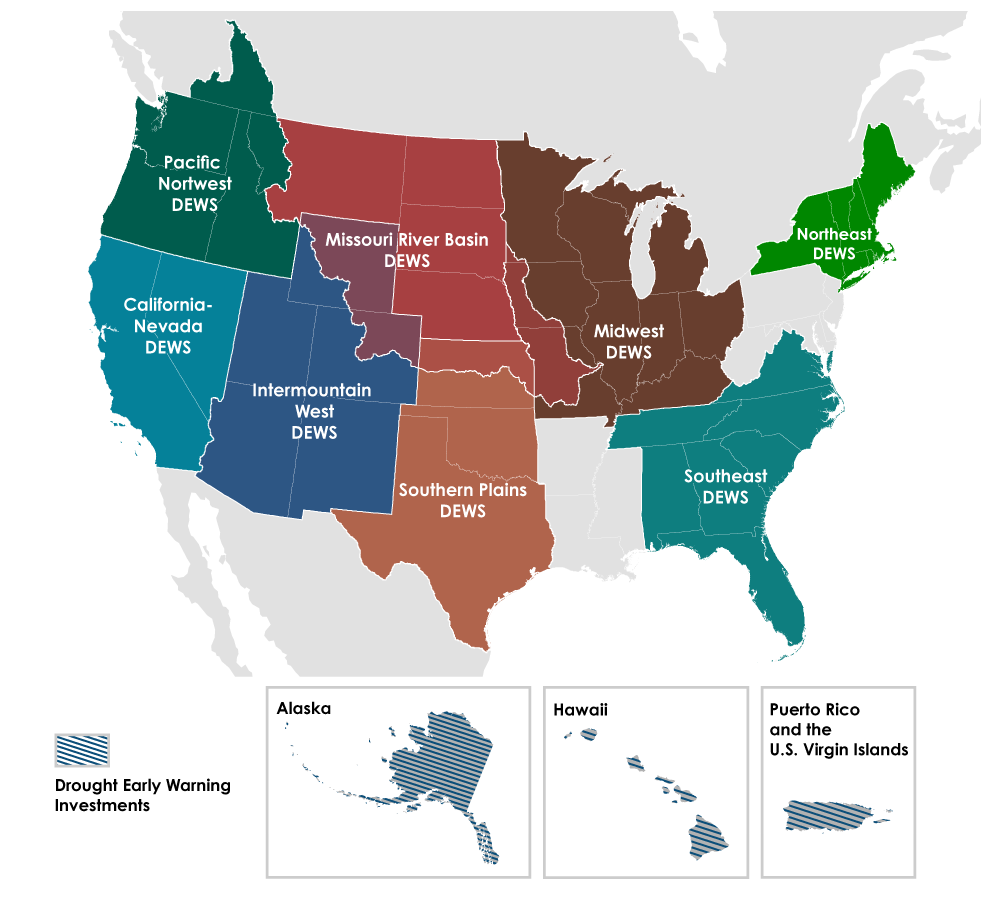
In 1996, the Western Governors' Association (WGA) sought to change the way the U.S. prepared for and responded to droughts. Their efforts paved the way for Congress to enact Public Law 105–199, the National Drought Policy Act, in July 1998. This law established “an advisory commission to provide advice and recommendations on the creation of an integrated, coordinated Federal policy designed to prepare for and respond to serious drought emergencies.” The law established the National Drought Policy Commission and directed them to “conduct a thorough study and submit a report on national drought policy.”
The report, Preparing for Drought in the 21st Century, published in 2000, concluded that the U.S. would benefit from the development of a policy with preparedness as its core. Furthermore, the report encouraged partnerships among federal as well as non-federal governments and private interests to develop tools and strategies for formulating and carrying out appropriate drought preparedness strategies. The commission concluded that, at the time, federal programs lacked a coordinated approach to delivery of drought-related services. They called for more efficient, effective, and timely practices to be put in place.
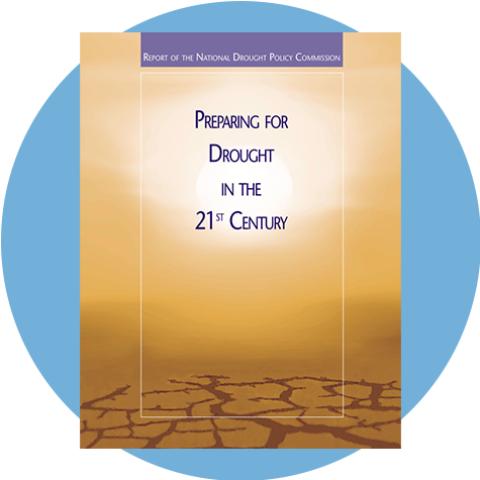
Beginning in 2003, the WGA and NOAA partnered to develop a vision and recommendations for establishing an improved drought monitoring and forecasting system. Through this partnership, a team of more than 80 scientists, researchers, policymakers, and resource managers worked together to produce Creating A Drought Early Warning System for the 21st Century: The National Integrated Drought Information System. Recommendations from that report were key to the creation of Public Law 109–430, the National Integrated Drought Information System (NIDIS) Act, authorized by Congress in December of 2006.
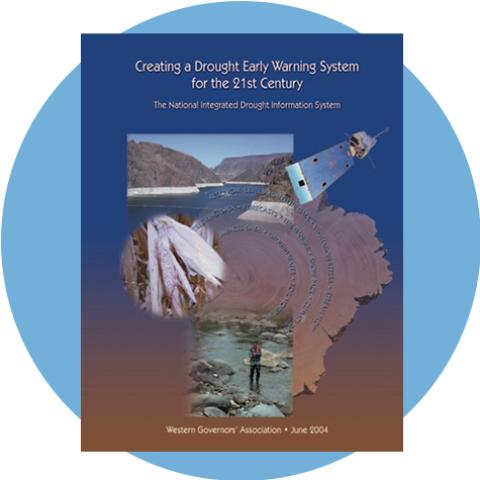
Meanwhile, the NIDIS Implementation Team had been conducting workshops and meetings with federal, state, and local agencies, academic researchers, and other stakeholders, including a conference in Colorado, Managing Drought and Water Scarcity in Vulnerable Environments: Creating a Roadmap for Change in the United States, sponsored by the Geological Society of America and 20 other scientific and technical organizations. The original NIDIS Implementation Plan grew out of information gleaned from these activities. The plan outlined how NIDIS would:
- Develop the leadership and networks to implement an integrated drought monitoring and forecasting system at federal, state, and local levels
- Foster and support a research environment focusing on risk assessment, forecasting, and management
- Create an early warning system for drought to provide accurate, timely, and integrated information
- Develop interactive systems, such as Drought.gov, as part of the early warning system
- Provide a framework for public awareness and education about droughts.
In 2014, Congress passed the NIDIS Reauthorization Act of 2014. This bill revises NIDIS's functions to require NIDIS to, among other things: (1) provide an effective drought early warning system consisting of certain information, forecasts, and assessments on both national and regional levels; (2) build upon existing forecasting and assessment programs and partnerships through designation of one or more cooperative institutes to assist with NIDIS functions; and (3) continue ongoing research and monitoring activities related to drought and the role of extreme weather events and climate variability in drought.
As of December 2016, NIDIS updated its Implementation Plan to reflect a second phase of NIDIS development and reauthorization by Congress in 2014.
The plan details NIDIS’s evolution and lessons learned in moving towards a national drought early warning information system, and reflects the thoughtful feedback and participation of NIDIS’s partners.
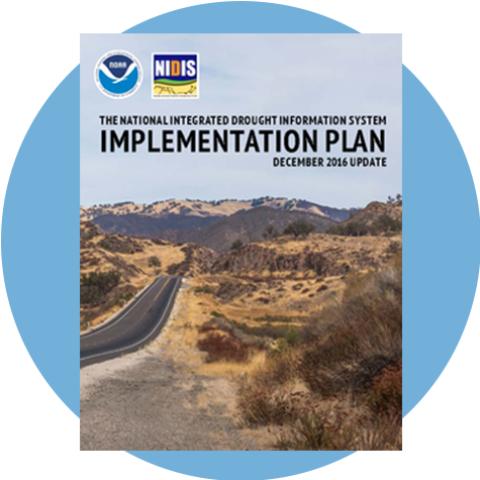
On January 7, 2019, Congress passed Public Law 115–423, the NIDIS Reauthorization Act of 2018, reauthorizing the program through FY 2023. The law calls upon NIDIS to engage with the private sector to improve drought monitoring, forecasting, and communication; to utilize monitoring by citizen scientists; to support improvements in seasonal and subseasonal forecasting; to disseminate information products that show watershed differences in drought conditions; and to develop a strategy for a national coordinated soil moisture monitoring network.
In October 2022, NIDIS released the 2022–2026 NIDIS Strategic Action Plan, which presents an expanded set of priorities for the next five years, identified through consultative engagement with Federal, tribal, state, and local partners.
The Plan reflects the need to better understand drought impacts to the economy, ecosystems, public health, and the interactions of drought and wildland fire in specific locations and how these may be connected across regions.
This Plan builds upon the 2016 Implementation Plan Update, Regional DEWS Strategic Plans, and the strategic documents that accompany national-level NIDIS initiatives.
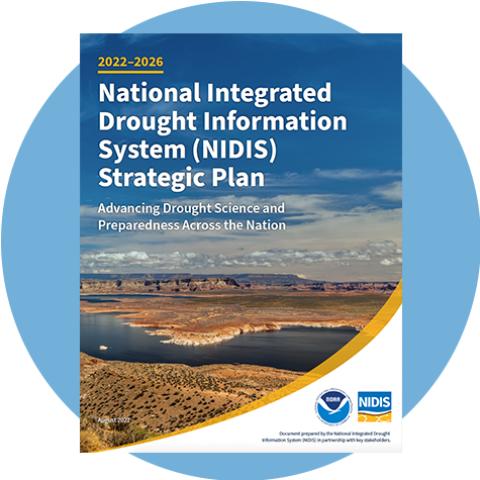
NIDIS Consultation
The NIDIS Public Law calls for consultation with “relevant federal, regional, state, tribal, and local government agencies, research institutions, and the private sector” in the development of NIDIS. A NIDIS Executive Council and six NIDIS Working Groups are constructed around this mandate, to encourage consultation and information-sharing with a wide variety of stakeholders.
Through the Executive Council and the Working Groups, NIDIS shares information about its current status and gathers individual feedback on NIDIS challenges and priorities, and how they relate to the organizations and agencies represented among Council and Working Group participants. NIDIS does not obtain consensus advice from the NIDIS Executive Council or the Working Groups. Collectively, the information and individual feedback received from and shared with the Executive Council and the Working Groups supports the development of the regional DEWS.

